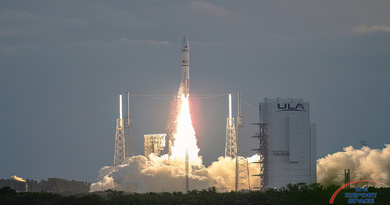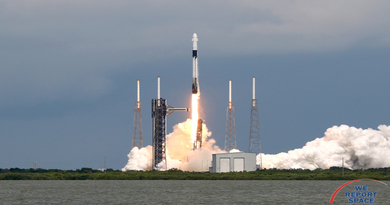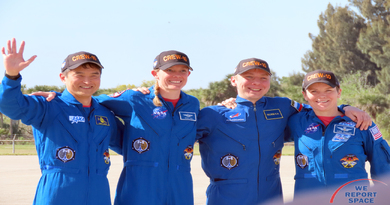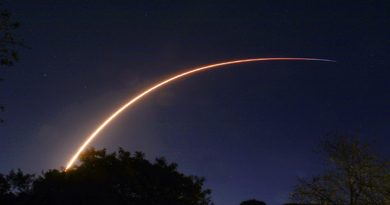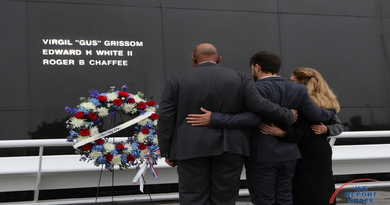Vulcan Flies Despite Visible Inflight Anomaly
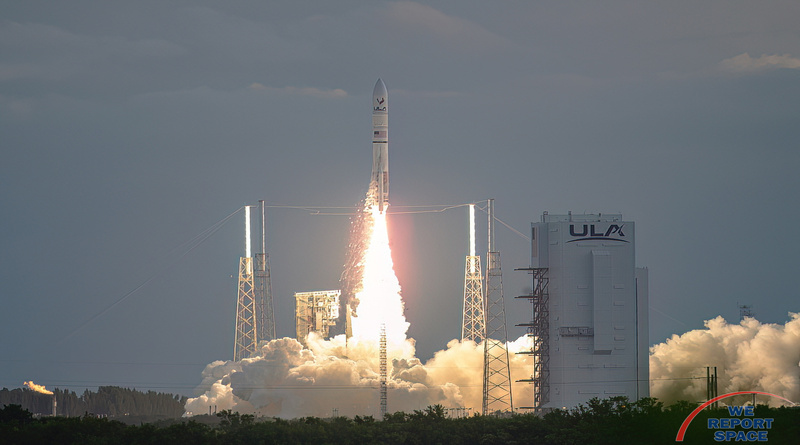
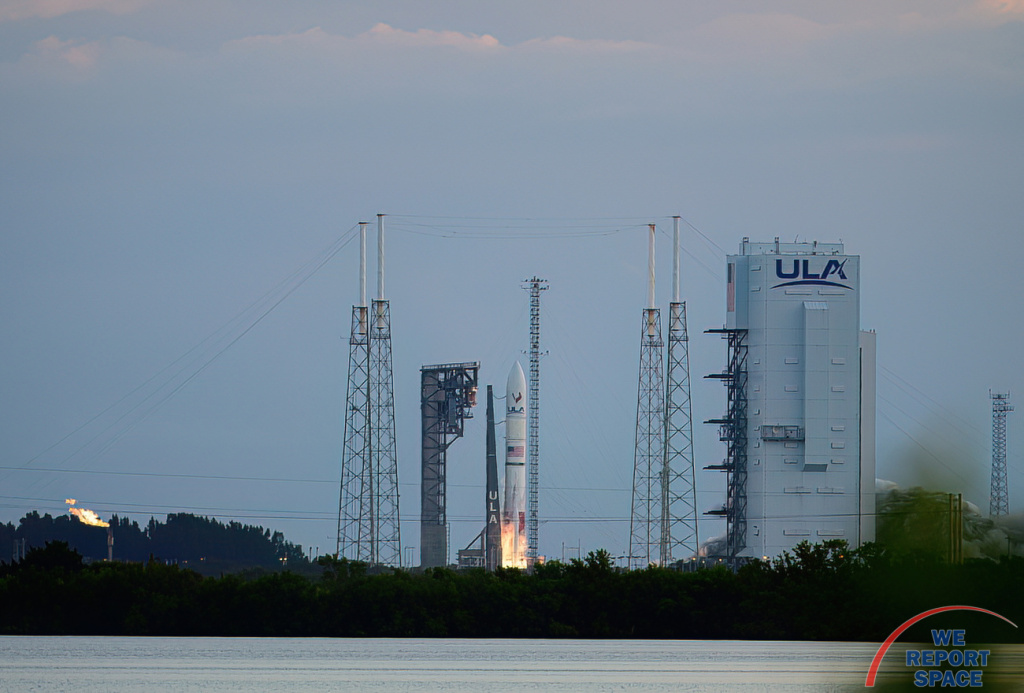
However, it is being reported by observers as well as U.L.A. that there was a visible anomaly with one of the solid rocket motors. Visible sparks were seen as well as an unusual flame plume coming from the motor. At 37 seconds into the flight, a noticeable “issue” occurred and was seen in video.
Image from video clip by NSF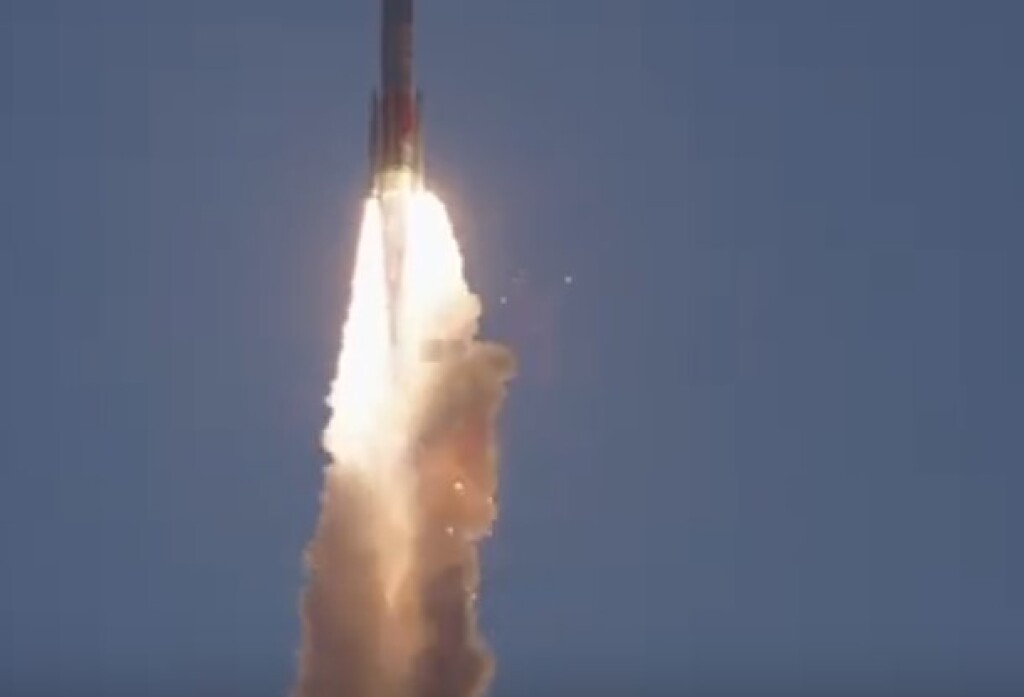
In a statement from Tory Bruno of U.L.A.: “The success of Vulcan’s second certification flight heralds a new age of forward-looking technology committed to meeting the ever-growing requirements of space launch and supporting our nation’s assured access to space. We had an observation on one of our solid rocket boosters (SRB) that we are reviewing but we are overall pleased with the rocket’s performance and had a bull’s-eye insertion,” said Tory Bruno, ULA’s president and CEO. “Vulcan provides high performance and greater affordability while continuing to deliver our unmatched reliability and orbital precision for all our customers across the national security, civil and commercial markets.”
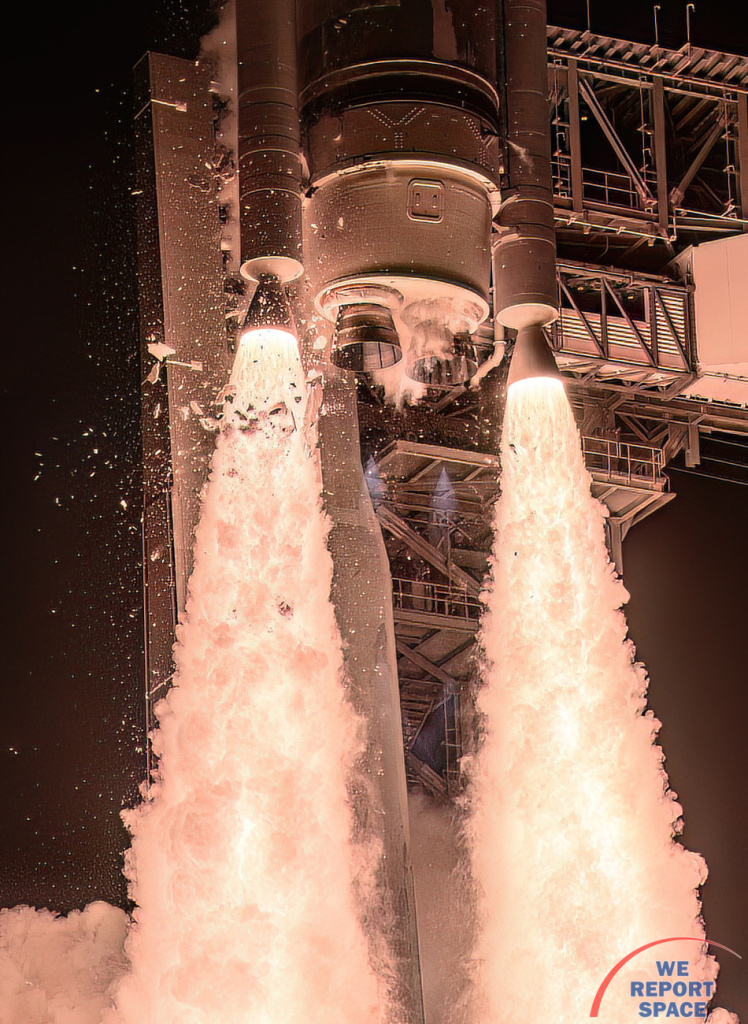
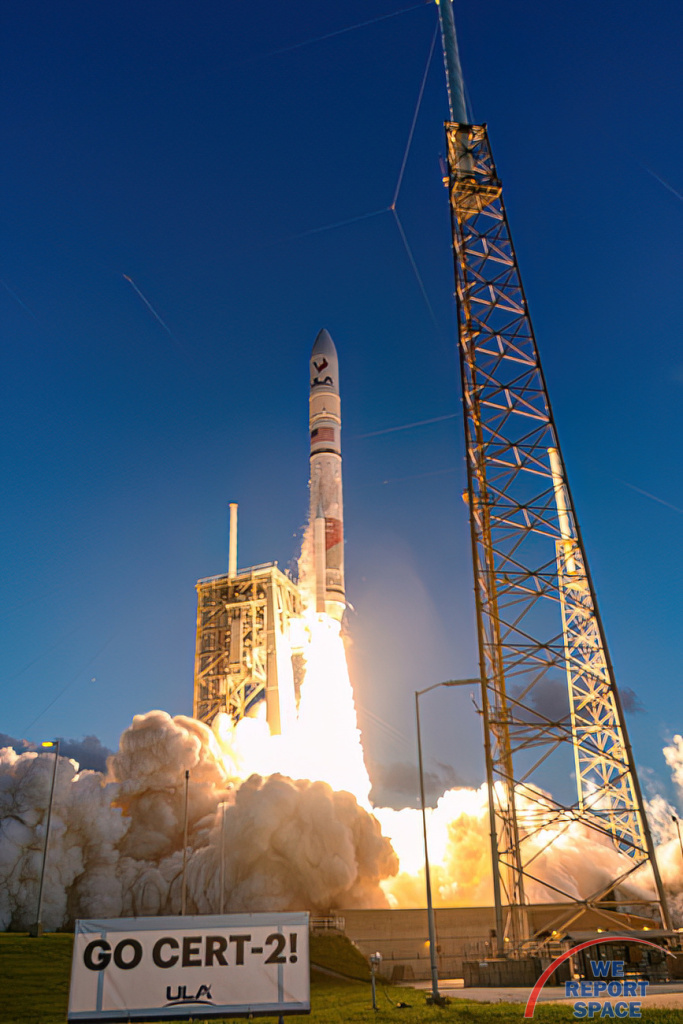
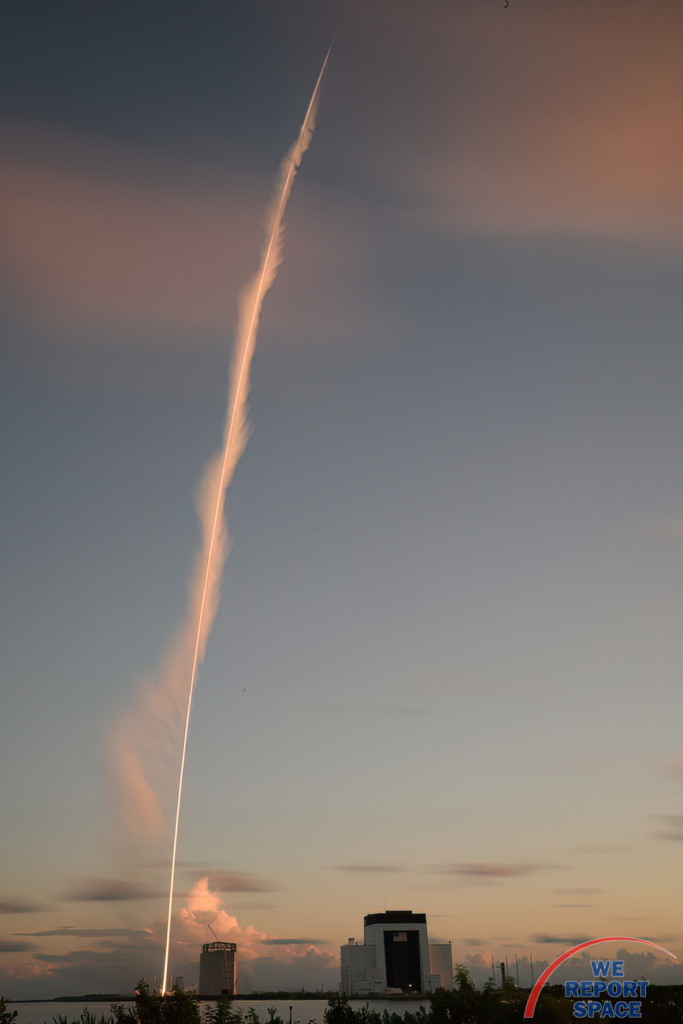
Story by: Michael Howard and Images by: Graham Smith – We Report Space

Stunning, full color photo book covering every east coast launch spanning 2014-2015, including the first-ever powered landing of a SpaceX Falcon 9 rocket.
More Info